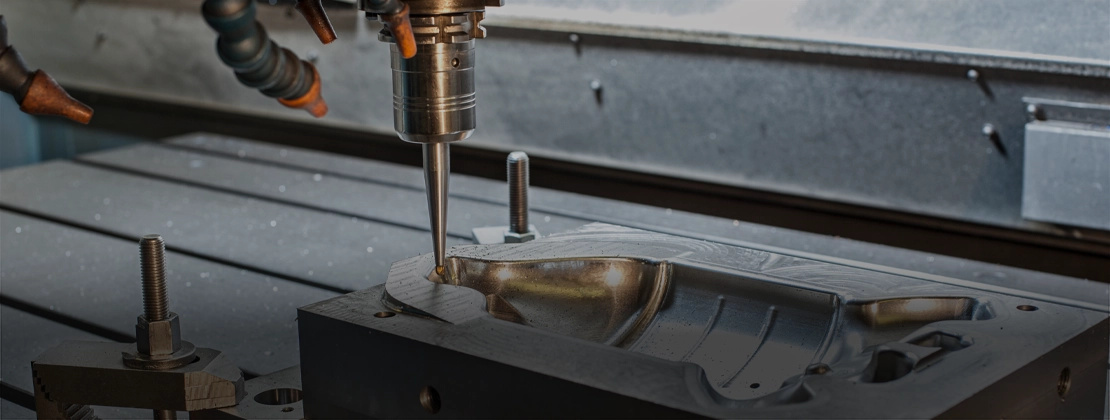

The production of moulds and dies is an essential part of the manufacturing process, creating the foundational tools necessary to create a vast array of products.
The use of cutting tools is an integral part of this industry, allowing for precise and efficient shaping of the moulds and dies that will ultimately create the final products.
Precision and Durability
Cutting tools in the mould and die industry must be both precise and durable. These tools must maintain their sharpness and accuracy over time, as the moulds and dies will be used for thousands or even millions of production cycles.
Ensuring that the cutting tools maintain their integrity is critical in producing high-quality products that are able to withstand the high levels of stress and pressure of the production process.
High Temperatures, Abrasive Materials, and Heavy Loads
The cutting tools used in this industry must also be able to withstand high temperatures, abrasive materials, and heavy loads. The materials used to create the dies and moulds can be incredibly tough, so the cutting tools must be able to cut through them efficiently and effectively.
Different Types of Cutting Tools
A wide range of cutting tools is used in the mould and die industry, each designed for a specific purpose. Endmills are used for cutting and shaping the materials, while drills are used for making holes.
Reamers are used for enlarging holes to a precise size, and taps are used for threading. Choosing the appropriate cutting tool for the specific requirements of the mould or die being created is essential to produce a high-quality product.
Investing in high-quality cutting tools allows manufacturers to produce high-quality products that meet the demands of their customers. By utilizing precise and durable cutting tools, the mould and die industry can create the foundational tools necessary for the manufacturing process.
The use of cutting tools is an integral part of this industry, allowing for precise and efficient shaping of the moulds and dies that will ultimately create the final products.
Precision and Durability
Cutting tools in the mould and die industry must be both precise and durable. These tools must maintain their sharpness and accuracy over time, as the moulds and dies will be used for thousands or even millions of production cycles.
Ensuring that the cutting tools maintain their integrity is critical in producing high-quality products that are able to withstand the high levels of stress and pressure of the production process.
High Temperatures, Abrasive Materials, and Heavy Loads
The cutting tools used in this industry must also be able to withstand high temperatures, abrasive materials, and heavy loads. The materials used to create the dies and moulds can be incredibly tough, so the cutting tools must be able to cut through them efficiently and effectively.
Different Types of Cutting Tools
A wide range of cutting tools is used in the mould and die industry, each designed for a specific purpose. Endmills are used for cutting and shaping the materials, while drills are used for making holes.
Reamers are used for enlarging holes to a precise size, and taps are used for threading. Choosing the appropriate cutting tool for the specific requirements of the mould or die being created is essential to produce a high-quality product.
Investing in high-quality cutting tools allows manufacturers to produce high-quality products that meet the demands of their customers. By utilizing precise and durable cutting tools, the mould and die industry can create the foundational tools necessary for the manufacturing process.

